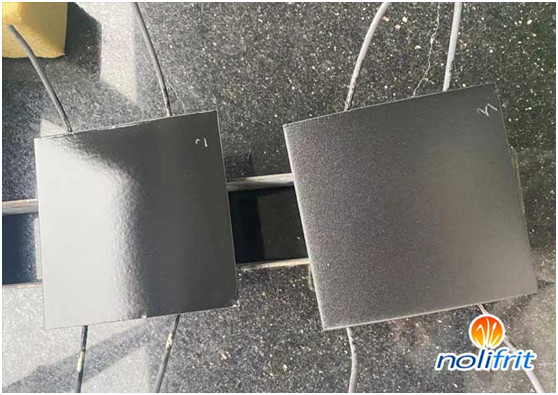Effect of Steel Plate Quality on Enamel
The steel plate substrate is divided into cold-rolled plate and hot-rolled plate. Cold-rolled sheets are generally SPCC, DC01 series. The SPCC series is the Asian code, and the DC01 series is the European code. SPP, BTC, etc.
SPCC is a common drawing board, SPCD to SPCE is a deep drawing board, and DC01 to DC04 are the same. These two models are commonly used in our country, and their characteristics are cheap and available, but sometimes there are scale defects.
SPP belongs to Japan and Taiwan's enamel special steel code. BTC series is a special code name for Shanghai Baosteel enamel. This steel plate has no scale defects, is easy to stretch, has a small breakage rate, good hardness, and is not easy to deform when fired. Its price is more expensive than SPCC.
The hot-rolled plate can be enamelled, but it is prone to fish scale defects, it is not easy to pickle, and the sanding treatment is better. Generally, the furnace frame is sanded. Industrial enamel reaction kettles, pipes, etc. are all hot-rolled plates, which are basically enamel after sanding and derusting.

The quality of enamel steel plate determines the quality of enamel. For example, the defects of enamel fish scale are entirely caused by the quality of the steel plate. The "hydrogen theory" of international enamel on the scale explosion defect means that the residual hydrogen in the steel plate generates hydrogen during the enamel firing, and the hydrogen escapes during the cooling process of the enamel products, resulting in The surface of the product is scale-like devitrification, that is, scale explosion. There are also steel plates with extremely bright surfaces that are not prone to defects such as adhesion.
Generally, the steel for enameling is determined through experiments and experiments, rather than looking at the chemical composition of the steel plate, because the chemical composition data is roughly the same. Some people compare the carbon content. The carbon content of SPCC is generally between 0.02-0.05. Our test found that scales with a carbon content of 0.02 occurred, while those with a carbon content of 0.05 did not. The carbon content of the hot-rolled sheet is far more than 0.05, but some hot-rolled sheets do not explode. No. 18 cast iron with a carbon content of 2-4.3% has no scale explosion, so it shows that the small carbon content is not the source of the scale explosion defect. The theory of "hydrogen-induced fracture" studied by Beijing Iron and Steel Institute and the "hydrogen theory" in the enamel industry indicate that hydrogen is the culprit of enamel.